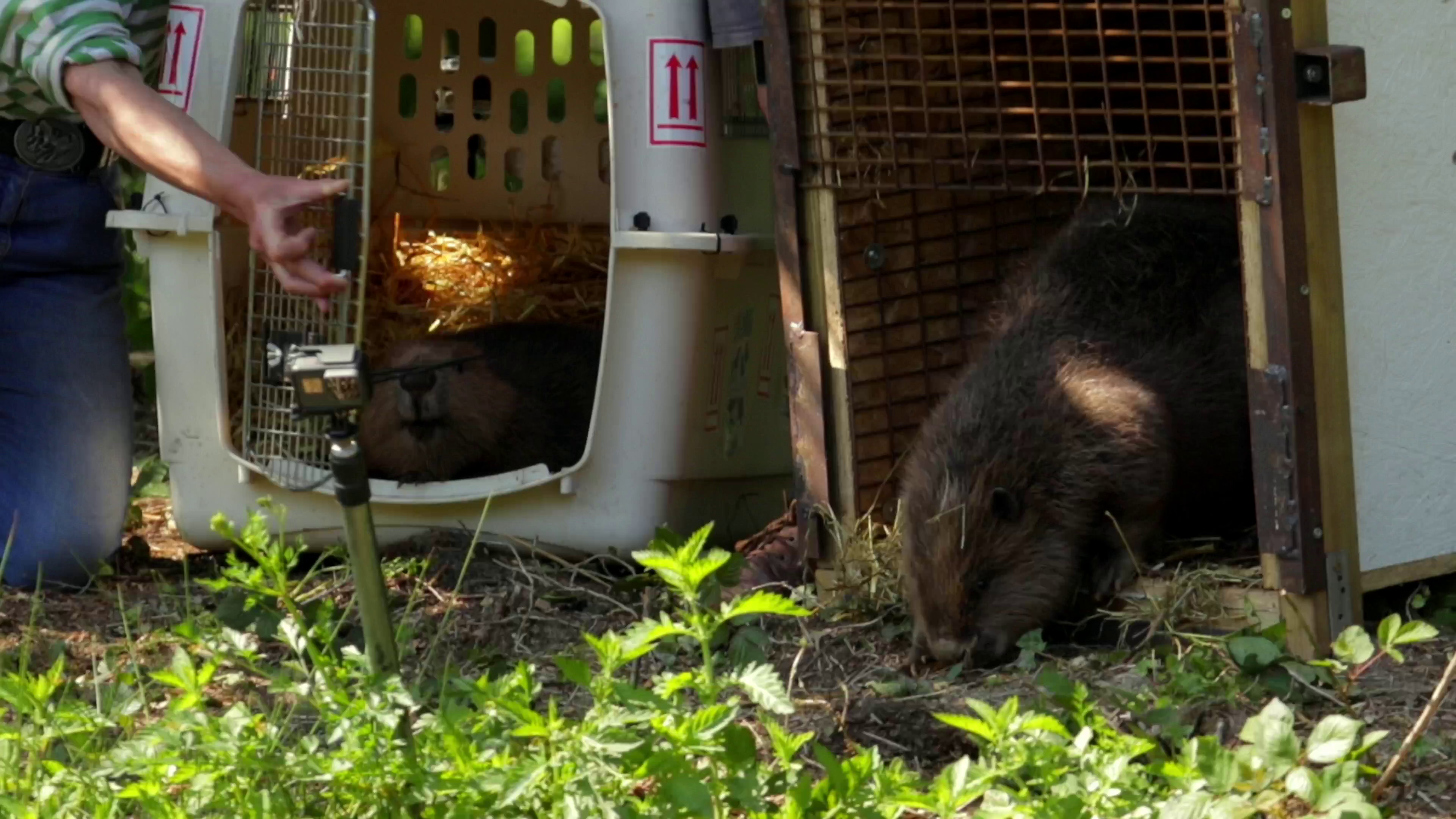The process of releasing a species back into its natural habitat, after its population has suffered significant declines or local extinction, is called reintroduction. The methods are often very hands-on: scientists either breed captive populations from surviving individuals, or caretakers move wild individuals from places where they still thrive to a new location. Once there, the species are slowly introduced to their environment—famous successful examples include tamarins, zebra, wild dogs, gray wolves, and European bison. They are often trained to recognize local foods and are gradually given larger areas in which to roam before being released into the wider ecosystem. Reintroducing keystone species like gray wolves can trigger the recovery of ecosystem biodiversity.
